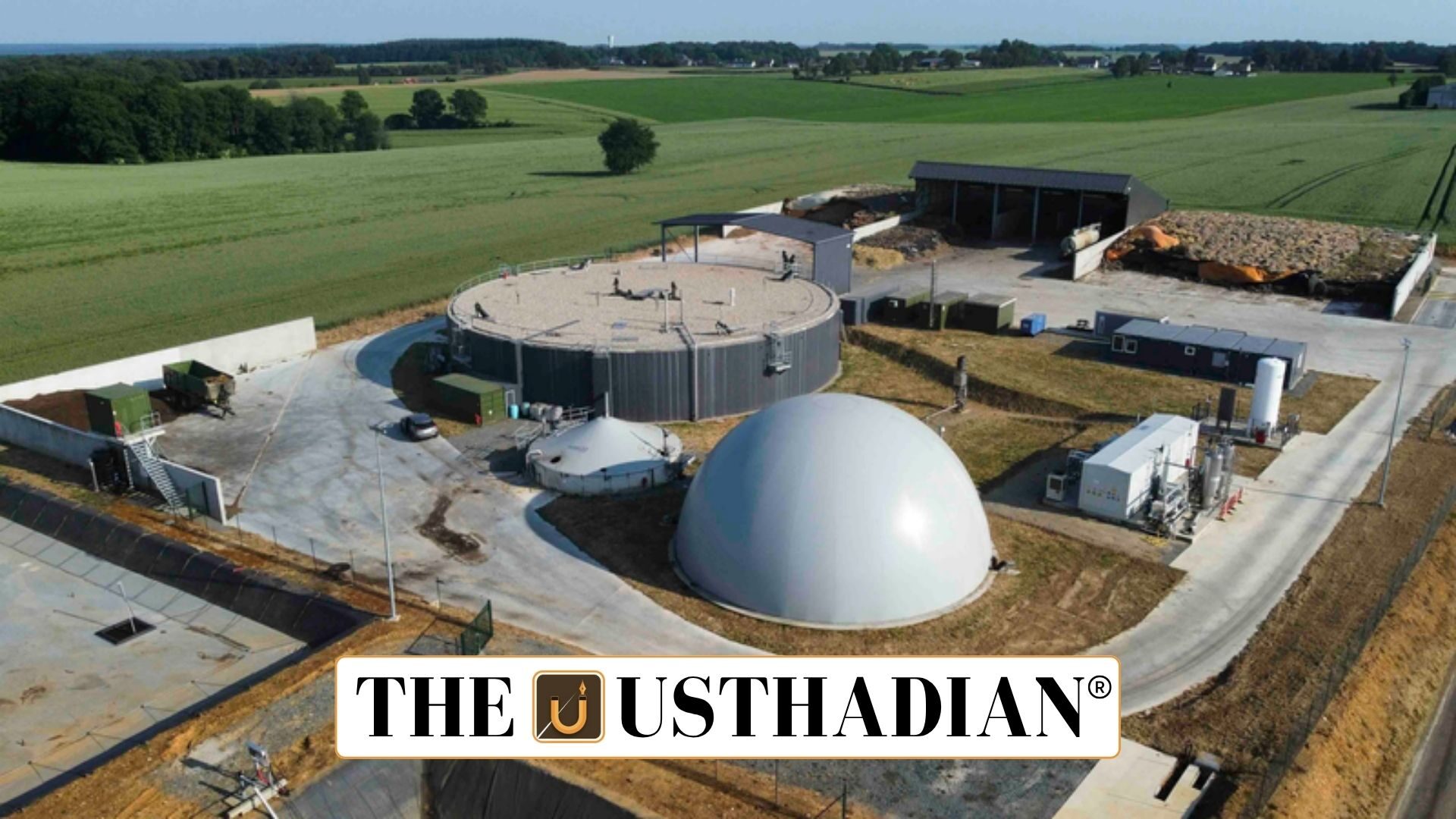Inauguration of the project
India’s First Cooperative Multi Feed Compressed Biogas Plant: India’s first cooperative multi feed Compressed Biogas (CBG) plant has been inaugurated in Maharashtra. The project is developed with the assistance of the National Cooperative Development Corporation (NCDC). It will produce 12 tons of CBG daily and 75 tons of potash, using inputs such as jaggery and molasses.
Static GK fact: The NCDC was established in 1963 as a statutory body under the Ministry of Cooperation.
About compressed biogas
CBG is a purified form of raw biogas, processed to increase methane concentration above 90% and then compressed to about 200–250 bar pressure. It is used as a clean and renewable fuel, similar in performance to Compressed Natural Gas (CNG).
Raw biogas is produced through anaerobic digestion of biomass and waste such as cattle dung, food waste, and agricultural residues. It mainly contains methane (55–60%), carbon dioxide (35–40%), along with impurities like hydrogen sulfide and water vapor.
Static GK Tip: The first biogas plant in India was set up in Khadi Village Industries Commission (KVIC) initiative in the 1960s.
Benefits of compressed biogas
The use of CBG reduces dependence on imported natural gas and crude oil, thereby saving foreign exchange. It contributes to energy security and supports national climate commitments such as the Panchamrit goals announced at COP26.
CBG also helps in waste management, directly contributing to the Swachh Bharat Mission. The technology offers additional income for farmers and creates rural employment opportunities through cooperative participation.
Policy support for CBG
The National Policy on Biofuels 2018 provides emphasis on the promotion of advanced biofuels, including CBG. Under the GOBAR-DHAN scheme, cattle dung and agricultural waste are converted into bio-CNG and compost, creating value from farm residues.
The Sustainable Alternative Towards Affordable Transportation (SATAT) initiative was launched to set up CBG plants across India. This initiative aims to encourage entrepreneurs, cooperatives, and industries to adopt CBG technology on a large scale.
Static GK fact: India’s target under SATAT is to set up 5,000 CBG plants with an expected production capacity of 15 million metric tons per year by 2025.
Way forward
The commissioning of the cooperative multi feed CBG plant in Maharashtra highlights the role of cooperatives in driving India’s green energy transition. With increasing government support and rising demand for clean energy, CBG is set to emerge as a critical part of India’s biofuel economy.
Static Usthadian Current Affairs Table
India’s First Cooperative Multi Feed Compressed Biogas Plant:
| Topic | Detail |
| Location of first cooperative CBG plant | Maharashtra |
| Daily production capacity | 12 tons of CBG and 75 tons of potash |
| Implementing agency | National Cooperative Development Corporation (NCDC) |
| Year NCDC was established | 1963 |
| Ministry for NCDC | Ministry of Cooperation |
| Main gas in CBG | Methane (above 90% after purification) |
| Pressure for compression | 200–250 bar |
| National Policy on Biofuels | 2018 |
| Scheme for farm waste conversion | GOBAR-DHAN |
| Initiative for setting up CBG plants | SATAT |








